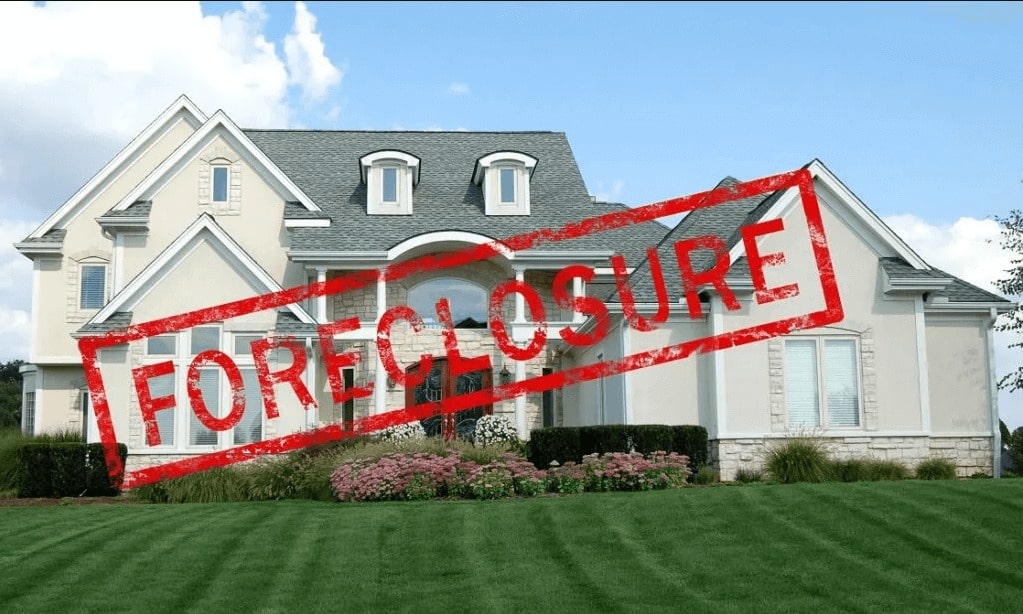HOW DOES THE FORECLOSURE PROCESS WORK IN CALIFORNIA?
The foreclosure process is the bank’s (or other financial institution) final effort to gather money owed to them.
What results from the foreclosure process is a damaged credit, repossessed house, and evacuated living.
Despite the gloomy impacts, understanding how the foreclosure process works are vital because it’ll assist you to study property ownership, mortgages, and homeowner’s financial options.
WITHDRAWING HOME LOANS AND SIGNING THE NOTE
When someone wants to buy a home, the chances are that they’re going to attend a loan lender to finance the acquisition. They’re going to withdraw a home loan, also referred to as a mortgage loan.
WHAT EXACTLY IS A HOME LOAN?
A home loan is a sum of cash lent to the borrower to buy a property.
But, before the amount is given to the customer and transferred into escrow, the borrower must first sign a note. This is a written contract agreeing to repay the borrowed money under specified payments during a period.
In other words, the borrower could promise to pay the lender a fixed rate of $1,500 monthly for the following 30 years.
FAILURE TO FORM PAYMENTS TRIGGERS PRE-FORECLOSURE
The borrower’s obligation, outlined in the note, is to pay the lender back their money. When the borrower fails to make a payment, a red flag is raised and therefore the lender will notice.
The note was an agreement made between the lender and borrower. The lender had to make a financial decision that supported the borrower’s ability to make payments. Now that the lender isn’t receiving money, they’re going to search for other ways to get compensation. Otherwise, they’ll be out the amount loaned to the borrower.
This is how pre-foreclosure starts.
Pre-foreclosure is when a property is in the process of being reoccupied/retake. The minute a borrower defaults on their aptitude/promise, a pre-foreclosure takes place.
RECEIVING A NOD AND THEREFORE THE BORROWER’S FINANCIAL OPTIONS
Once a lender flags a borrower for lost their loan payments, they send a Notice of Default (NOD). A NOD is a court-filed public notice that states the borrower has defaulted on their loan.
As the name proposes, this is a letter from the lender to the borrower informing them of their missed payments. The borrower has 90 days from once they receive the NOD to satisfy the overdue payments.
Oftentimes, financial hardships are the reasons why borrowers miss payments. They cannot afford to make the payments. If that’s the case, the borrower features a few financial options to escape the foreclosure process:
OPTION #1: EQUITY
In a pre-foreclosure, the borrower’s first choice is their home’s equity. If the borrower has equity in their home, they can sell their home to get the cash needed to pay off the loan.
For example, the borrower withdrew a home equity loan for $1 million. If the house they bought is worth $1.5 million, they can sell it to pay the loan fully.
OPTION #2: SHORT SELLING
A short sale is a request by the borrower when their house is worth less than the loan amount. For instance, the whole amount of the loan is $1 million but the house is merely worth $800,000.
Does the borrower still owe the remaining balance on a home equity loan after a short sale? No. The remaining loan balance is forgiven. But, the borrower does undergo huge damage to their credit score. This will make it harder to borrow an amount in the future.
RECEIVING A NOTICE OF HOUSE REPOSSESSION AND TRUSTEE’S SALE
If the borrower fails to repay the late payments in 90-days, a Notice of Trustee’s Sale is issued. A Notice of Trustee’s Sale is a legal notice stating that the borrower’s property is going to be sold by a trustee in a given period.
This is the lender’s way of telling the borrower that their home is being put up for auction. This auction may occur in a few weeks from the Notice of Trustee’s Sale.
The lender has the power to place the house up for auction as outlined in the note that the borrower agreed to. The property is measured as an asset of the lenders.
The borrower can still cancel the foreclosure process by paying the cashback provided by the lender. Although, time is now of the essence ever.
HOW DOES A TRUSTEE SALE WORK?
A trustee sale of a home is an open auction that rewards the best bidder. These are operated by the trustee, who has explicit power to hold out the required direction of the lender.
If the house is sold during a trustee sale, the new owner takes immediate possession of the property. So, the defaulted borrower will have little time to unoccupied the property.
But what happens if the home isn’t sold during the trustee sale? The lender will still want to get the maximum amount to refund as possible. So, they will hire a top real estate agent to list the house and find a buyer. Izabella lipetski is the top real estate agent in California to help you with your problem and find a buyer for you.
FINAL THOUGHTS ON FORECLOSURE
One of the most critical aspects of the foreclosure process is time. It’s all about the timeframe. If the borrower has any difficulty making the payments, the simplest thing to try is to contact the lender immediately.
Things get messy when the borrower procrastinates the problems. This isn’t an issue that goes away if the borrower ignores it. It’s the potential to go away a devastating impact on the borrower’s life. Izabella lipetski is the top real estate agent in California and always available to help you in your foreclosure process.

